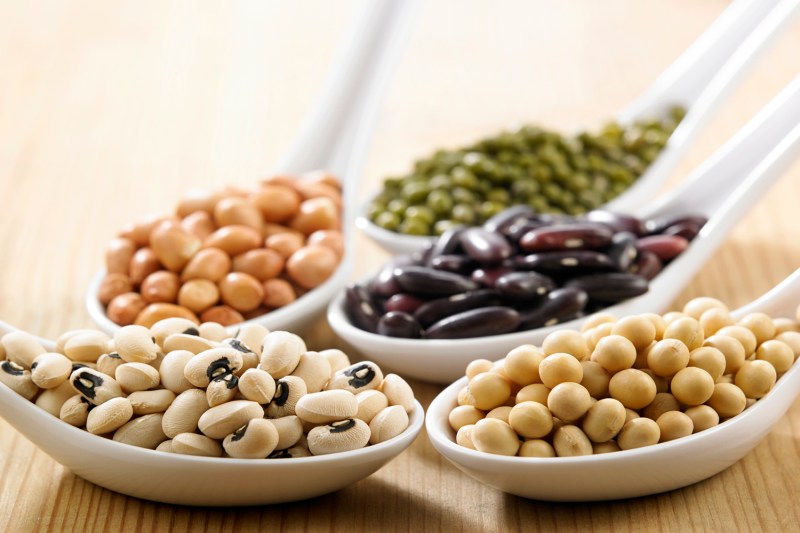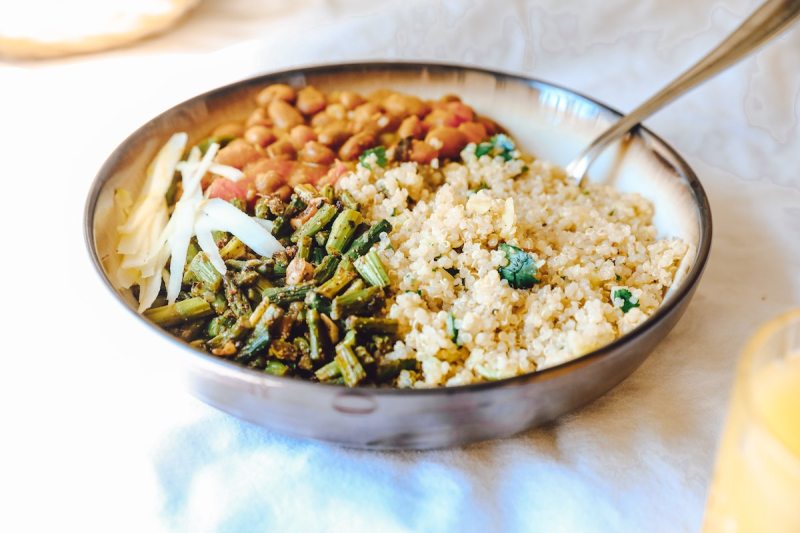Don’t feel discouraged on your mission to gain weight. It’s common to feel nervous going into this because you’re probably thinking of all the high-calorie junk foods on the market. Believe it or not, there are healthy, high-calorie foods that will support your bulking goals while boosting your health.
Just knowing which high-calorie foods can promote weight gain while also providing top-tier nutrition will help you determine which foods to keep in your diet and which foods to avoid. Additionally, your meal planning will be successful with knowledge of the perfect serving size and how to make the ideal high-calorie meal for your needs.
What makes a food high-calorie?

A food is considered high or low-calorie based on the energy and nutrient content. Calories measure the energy in food products. You will find that food is high in calories if there is a lot of carbs, sugar, or fat in them relative to their size. Most high-calorie foods contain a good portion of fat and carbs.
Who would benefit from eating high-calorie foods?

Consuming more calories is beneficial if your goal is to gain weight. You would also benefit from higher calories if your aim is to bulk up and increase your muscle mass. Additionally, there may be a need to partake in a high-calorie diet in the presence of certain metabolic needs like pregnancy, athleticism, and higher physical activity, as well as individuals who may be underweight or fighting infections.
10 healthy high-calorie foods

Legumes
Take your pick of lentils, peas, and beans. These foods are nutritious and high-carb, providing calories and fiber to keep you full. A cup of chickpeas will provide 269 calories.
Quinoa
This nutrient-packed food supplies all nine essential amino acids and iron for oxygen transport. This superfood also sustains your energy and is 70% carbs by weight. A cup of quinoa is 222 calories.
Avocado
Avocado is a high-calorie healthy fat. One avocado will give you 322 calories. If you want to enjoy it in smaller portions, having a cup of sliced avocado will still supply a nice 234 calories.
Brown rice
This whole grain source is stuffed with iron and B vitamins and is packed with fiber. This will give you the nutrients you need while keeping you full after your meal. Having a cup of brown rice for dinner is 679 calories, with a half cup offering 367 calories.
Yogurt
This dietary staple can provide fat and caloric content that benefits your gut. A plain low-fat yogurt cup will supply 154 calories. You can add blueberries, strawberries, and chia seeds to your yogurt to make it more enjoyable while boosting the nutritional profile.
Mackerel
A three-ounce mackerel for dinner is 223 calories. As a fatty fish, it provides calories and healthy fat while also being a good source of protein. Cook this and serve it with asparagus and onions, and dress it up with herbs of choice.
Steak
A three-ounce steak for dinner supplies 246 calories. Having this savory item in your meal plan will provide iron and B vitamins that boost your energy and development. Obtaining these healthy nutrients will underscore the importance of gaining weight with healthy, high-calorie foods.
Trail mix
This handy snack can keep you full between meals. A package of trail mix is a 1.5-ounce serving. This package of nuts and dried fruits can give you 194 calories in this treat of fat and nutrients.
Peanut butter
Two tablespoons of this versatile, nutritious spread contain 191 calories and plenty of healthy fat. Spread this on your whole wheat toast, or add it to your smoothies.
Sweet potato
One cup of mashed sweet potatoes serves 249 calories. Pair this with grilled chicken or pork tenderloin.
High-calorie foods you want to avoid

Your goal is to increase your caloric intake while keeping your choices healthy. As a result, you’ll have to avoid high-calorie junk foods. This includes fast food pizza and burgers, as well as ice cream and sugary snacks like potato chips. Most candies and white bread need to be avoided, as well as fried foods and processed meats.
Tips for making a high-calorie meal

Keep it fresh
One sure way to take in as many calories as you need and maximize the nutritional value is to include fruits and vegetables in your diet. Dried fruits like raisins and dates can supply calories, while bananas and avocados provide the fiber and healthy fat you need to accomplish weight gain. For dinner, you could try sweet potatoes and other calorie-rich options like squash, carrots, and parsnips that provide fiber and complex carbs as well.
Opt for whole foods
Explore all components of the food pyramid to create diverse and healthy high-calorie meals. These all-encompassing components are based on plant-based foods. Just as we discussed having your fair share of fruits and vegetables, it’ll be beneficial to have legumes and whole grains in your meals, as well as nuts and seeds. Have chickpeas or lentils for lunch or dinner. Grab some almonds and pecans for a snack, and be sure to keep oats and quinoa in your mealtime rotation.
Cut out sugary drinks
Having a glass of juice or soda will only add to your calorie count without providing the nutritional gains that you want to obtain. You’re building your meal plan around high-calorie foods that are also nutrient-dense, so you’d want to cut out the excess sugars. You could try making your own smoothies or vegetable juices at home to make sure there are no added sugars or processed components in your drinks. Additionally, the biggest factor is to stay hydrated and drink plenty of water.
Frequently asked questions

What food has the highest calories?
Food products with the highest calorie content include red meats and oils and fats. When preparing your meals, use olive oil or coconut oil for cooking oils. You can also enjoy almond butter or other nut butter types for spreads on toast and as an ingredient in your breakfast smoothie or bowl of oatmeal. Include beef or pork in your meals, like grilling steak, for instance, and pair it with vegetables and sweet potatoes, or include it in a stir-fry.
Does any food have over 1,000 calories?
Some fast-food options ring in more than 1,000 calories, such as the breakfast burrito from Jack in the Box or the big breakfast consisting of sausage, eggs, and hotcakes from McDonald’s. You might strive to make your own breakfast with whole wheat tortillas, spinach, sauteed veggies, and steak. You can also prepare your pancakes with whole wheat flour and oats.
What foods are good for gaining weight?
Many foods that are good for weight gain are rich sources of protein and healthy fats. Try eating salmon or other fatty fish, like trout and mackerel, which are filled with omega-3 fatty acids and are calorie- and nutrient-dense. Eggs and various seeds, like sunflower, flaxseed, and chia seed, are good fats to include in your meal prep. You’ll also want to partake in dairy products that provide calories, fat, and nutrient boosts, like yogurt, milk, and cheeses. Yogurt helps support the gastrointestinal system, which is vital for overall health.




